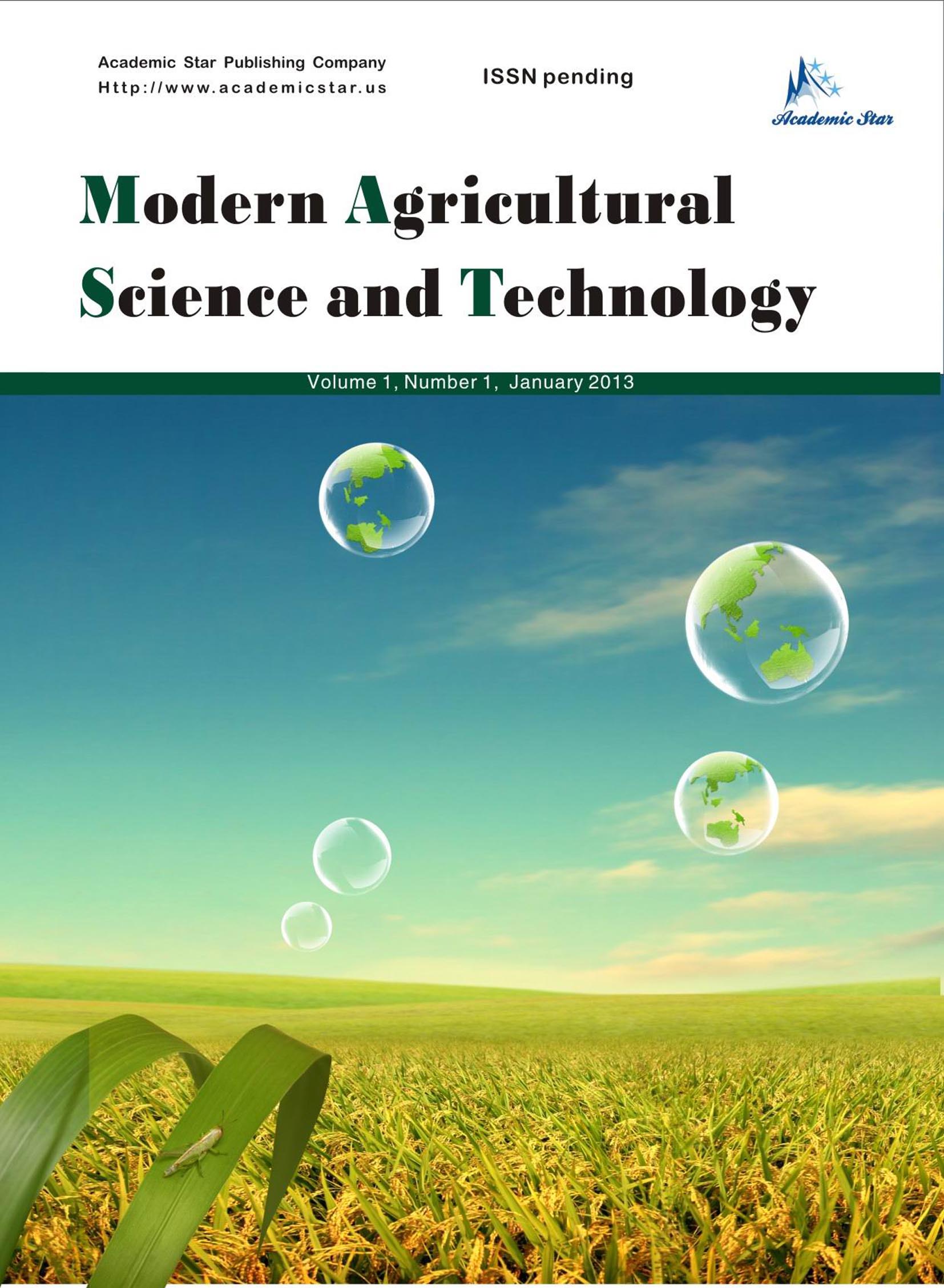
- ISSN: 2375-9402
- Modern Agricultural Science and Technology
Effect of Fall Armywarm Spodoptera Frugiperda (J. E. Smith, 1797) (Lepidoptera: Noctuidae) on Transgenic Corn Hybrids and Their Conventional Isogenic Counterparts in Two Locations
2. Faculty of Agrarian Sciences, National University of Asunción, San Lorenzo, Paraguay
Abstract: Among the insects infecting the maize (Zea mays L.) crop, the fall armyworm (Spodoptera frugiperda Smith, 1797, Lepdoptera: Noctuidae) is considered one of the most important, because it causes the highest damage to yield. In this context, the use of Bt maize plants, resistents to insects atack, is a protection alternative to low down losses produced by pests. This study aimed to evaluate the effect of natural infestation and injuries of larvae of S. frugiperda under field conditions, on transgenic and conventional maize hybrids at different phonological stages, in two locations. The trials were established in the 2018 “off season” cultivation of the crop, in Natalio and General Artigas, Itapúa, Paraguay, in a randomized complete block design with eight treatments (hybrids) and four replications. Four transgenic hybrids were evaluated: DK910MG event MON 810 (Cry1Ab); 2B585HX event TC1507 (Cry1F); DK390VT3PRO event MON 89034 x MON 88017 (Cry1A105; Cry2Ab2; Cry3Bb1); event MIR162 (VIP3Aa19) and their respective non-Bt isogenic: DK910, 2B587, DK390, MIR162. Evaluated variables were: percentage of plants with damage in the whorl and intensity of the damage, weekly from the seventh days after emergence (DAE) to 49 DAE; number of alive larvae; and, grain yield. Significant differences were observed among the evaluation dates and the hybrids in both locations, in most of the variables. The transgenic hybrids with Bt Cry1A105 toxin; Cry2Ab2; Cry3Bb1 and Bt VIP3Aa19 toxin stood out for presenting lower percentage and intensity of damage, number of alive larvae and higher grain yield, in both locations. The Cry1Ab and Cry1F toxin hybrids showed similar behaviors to the conventional DK910, 2B587, DK390 and MIR162 hybrids, with the level of control of the larvae of S. frugiperda being low in the two tests.






